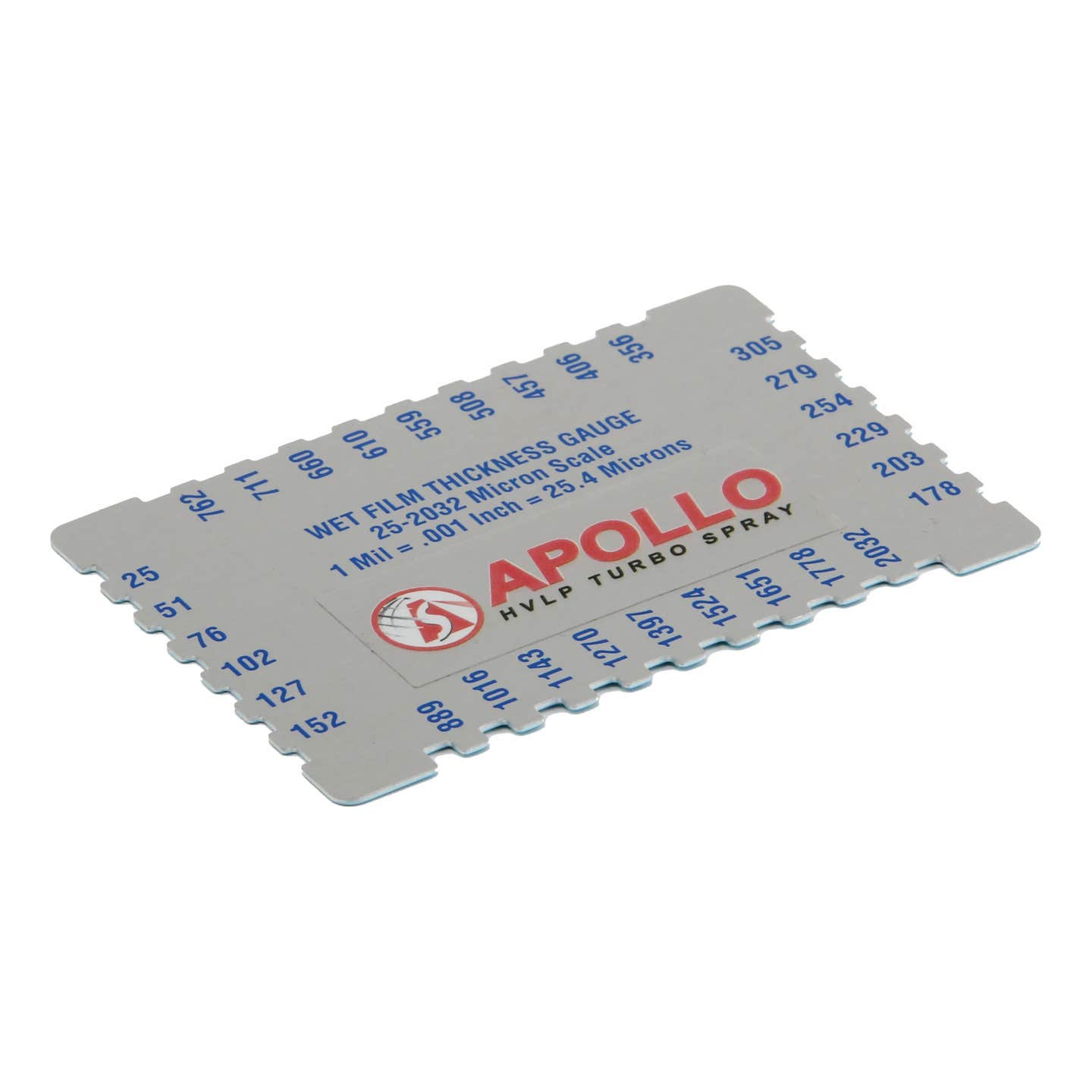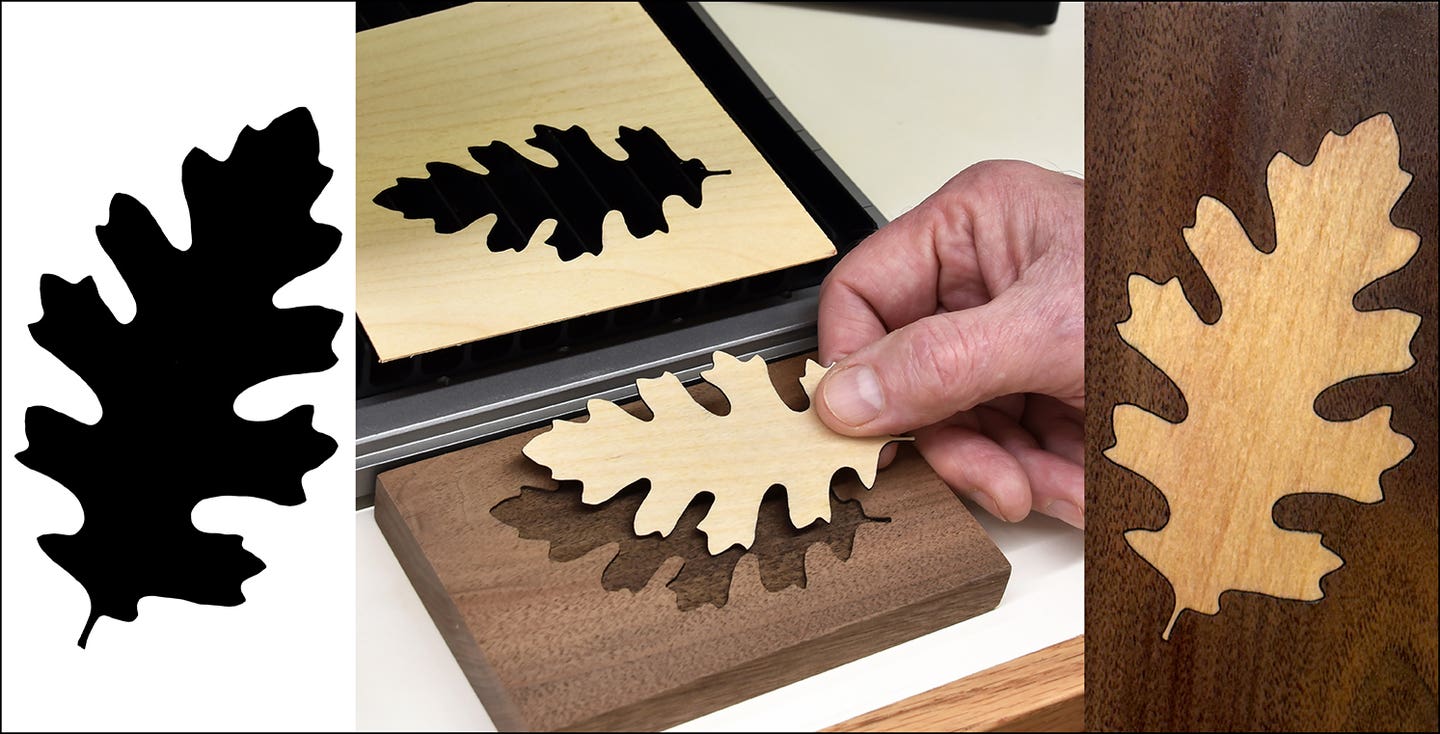Stay mindful of the rules and respect the process
Do you really know your coating? In last month’s column we discussed the importance of using a wet mil gage to properly apply the correct amount of coating on your…
Do you really know your coating?
In last month’s column we discussed the importance of using a wet mil gage to properly apply the correct amount of coating on your woodwork. The wet mil gage measures our application of the coating so we can ensure we meet the minimum amount of coating weight needed but not exceed the maximum coating weight that could cause our coatings ability to perform as designed by the manufacture for its integrity, durability and appearance characteristics. Diving a little deeper, I’ll show how the basic numbers change when any reduction is added to the coating, how the clarity of the coating can shift, how the yield you get out of a gallon shifts with selection of spray equipment, and how the final sheen of your coating is affected by the total dry film thickness (DFT).
First a quick refresher on how we convert wet mils to dry mils. After determining the volume solids of the coating, multiply that by the wet mils applied. For example, applying a primer that has 42 percent volume solids at 4 wet mils, your math would look like this: 4 x .42 = 1.68 DFT.
Reducing the primer by 20 percent changes the volume solids calculation (.42 ÷ 1.20 = .35). That gives us a new result: 4 x .35 = 1.40 DFT. Two coats not reduced give us 2 x 1.68 = 3.36 DFT. Two coats reduced is 2 x 1.40 = 2.8 DFT.
When you start adding up your application system of the primer and pigmented topcoat, make sure you hit the target dry mils to achieve durability and integrity. Remember, putting too much on only hurts you making the coating too ridged and suspect to cracking. Don’t do what I affectionately call the “more-on theory”. The more I put on, the better it will be. No. More on and you just ruined it.
When figuring out the material square footage that will get out of a gallon of finish, we have a couple varying factors. We need to know the volume solids of the coating, the type of spray equipment’s transfer efficiency (TE), and how much coating is applied as your total DFT.
Let’s say we are working with the primer at 42 percent volume solids. You are spraying with an HVLP gravity gun with a TE of 65 percent, and we would like to finish with approximately 3 DFT of primer to sand before you apply your topcoat.
First, we must multiply by 1,604 (the total square feet for a gallon of any coating at 100 percent), then by the volume solids and the transfer efficiency to get the square foot coverage at 1 dry mil. The math looks like this: 1,604 x .42 x .65 = 438 @ 1 dry mil, then 438 sq. ft. ÷ 3 DFT = 146 sq. ft./gallon.
Reducing the primer 20 percent gives us 1,604 x .35 x .65 = 365 @ 1 dry mil, then 365 sq. ft. ÷ 3 = 122 sq. ft./gallon coverage.
Let’s change the spray equipment to an air-assisted airless with a TE of 85 percent: 1,604 x .42 x .85 = 573 @ 1 dry mil, then .573 ÷ 3 = 191 sq. ft./gal.
You may have noticed that the numbers changed dramatically when we changed the spray equipment in our math figures. Transfer efficiency, or how well our spray equipment delivers the coating, is a big factor.
Film thickness will shift the clarity and color. Depth and light play a part in how the color is viewed. When you apply more coating on the surface, you create more depth, which translates to more gloss and a warmer color. Thin films are cooler and duller. Just because you are using a coating that says it is a dull finish, if you apply thick or too many coats, it will become satin or semi-gloss, but the appearance will have more of a haze or clarity issue due to the flattening agent in the coating to make it dull.
You now need to be mindful of your wet mil application, as well as how many coats you are applying in your total system, to ensure you achieve the correct sheen consistently on all of your parts. Have you ever damaged one or two doors during a kitchen installation and had to respray. Then, when you took them back to the jobsite, they didn’t match the rest of the doors. They appeared slightly off color, or the sheen shifted. This could be due to the DFT of the doors verse the others.
When you work with clear coatings, they can vary in clarity based off what the manufacture uses in its formulation. When you start to layer the coating, you shift the color. The wet mils will shift that color quickly.
Pigmented colors are also affected by application. The primer’s purpose is to hide and fill the imperfections. When thinned down too much or put on lightly, you do not get the hide, so the substrate will come through and influence the final topcoat. Just because you are applying paint doesn’t mean it will cover everything evenly and be the same color, even if you apply several coats trying to get it to catch up.
What happens if you forget to measure the wet mils when applying the coating? Is there a way to measure dry mils? Yes, there are several DFT tools used in the coating industry. However, many are destructive to the piece. I like to use a non-destructive DFT tool called the PosiTector 200, an ultrasound that will read the depth of the coating without damaging the surface. This tool comes in a few different models that can measure different substrates and thicknesses as well as layers. The one I use isn’t the top of the line but does a great job for wood coatings.
Before you finish your next project, be sure to know your coatings volume solids, maximum film build allowed, what your transfer efficiency of your spray equipment is, and how many wet mils you will be applying so you can be sure of your color, sheen and appearance is consistent.
Remember that when finishing, there is always possibilities of what I call “shift happening”. Stay mindful of the rules and respect the process if you want to succeed. The coating doesn’t have a brain. Your attention to application wet mils will keep you on the path to success.
Diane Shattuck is a finisher, consultant, guest speaker, writer and teacher. She can be contacted at dianeshattuck@msn.com. Questions, suggestions and comments are always welcome.







